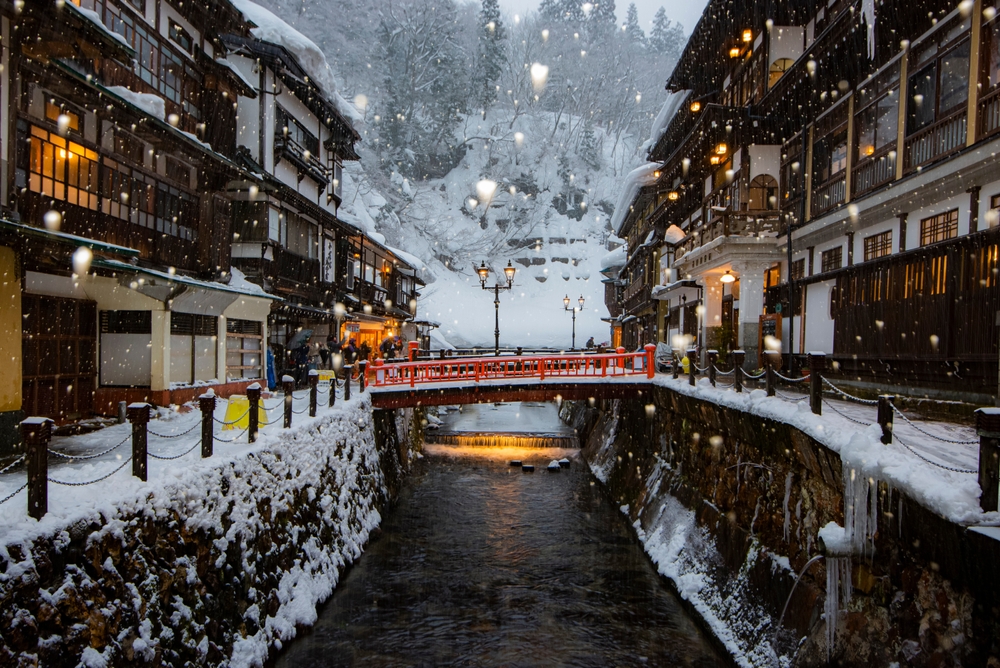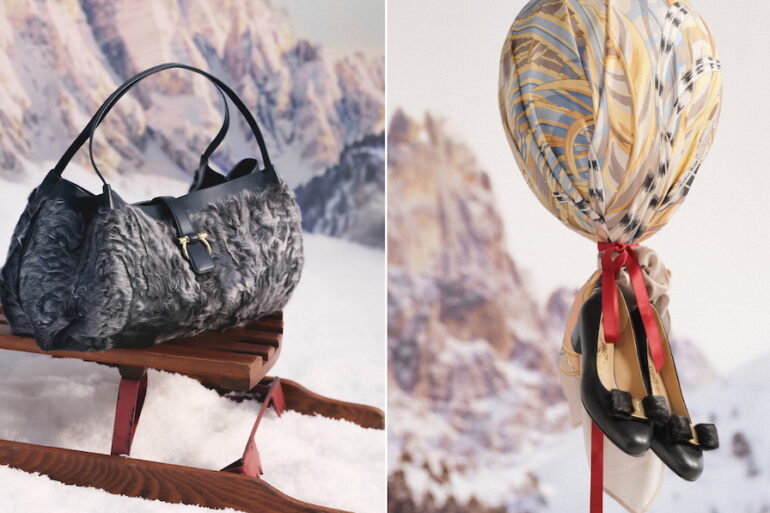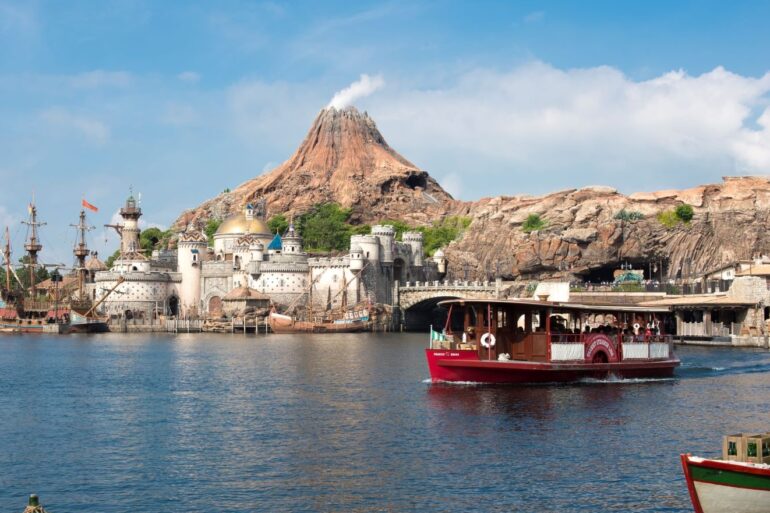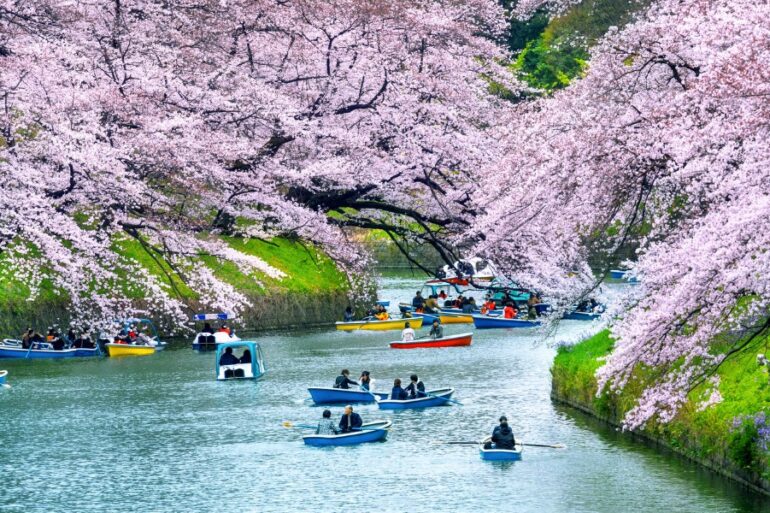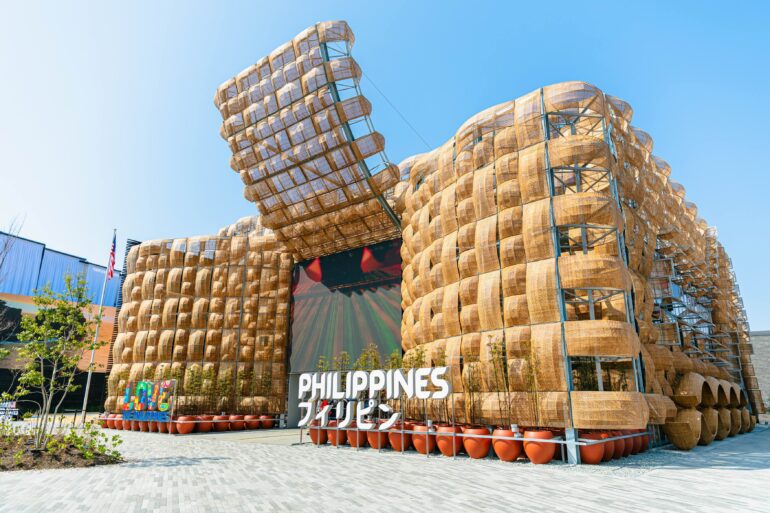From Mount Fuji’s summit to the famed slopes of Niseko, a Japanese winter is always a fabulous idea.
“The snow on the distant mountains was soft and creamy, as if veiled in a faint smoke.” ― Yasunari Kawabata, Snow Country
Filipinos, young and old, have always been fascinated with snow. From a young age, many of us have longed to experience winter—subzero temperatures, carrot-nosed snowmen, and all. Perhaps this is because being from the tropics, images of snow remind us that there exists a different life someplace where heat and humidity are not everyday discomforts.
With relaxed visa requirements and its relative proximity, Japan is top-of-mind for many of us craving a snowy getaway. Not to mention that the country has some of the most majestic natural scenery regardless the season. The landscape, however, transforms into an almost otherworldly backdrop in winter, causing writers like the Nobel Laureate Yasunari Kawabata to wax poetic about its beauty.
From the untamed mountains of Hokkaido to the quintessential winter wonderland that is Shirakawa-go, there’s always somewhere to experience snow falling on your nose—and even in between your toes when in Japan. Here are four of our suggested destinations where you can experience a snowy winter and then some.
Sapporo, Hokkaido



The northernmost of Japan’s four main islands is a shoo-in for any list involving snow in Japan. And a visit to its capital, the vibrant city of Sapporo, is always a good idea, whether as the actual destination, or as a pit stop to other equally snowy places like Niseko.
Sapporo is much like Tokyo and Osaka, just a lot colder in winter. It has most of the establishments you’ll find in other major cities to its south, with the added allure of Teine’s ski slopes that lie literally at the city’s doorstep. Teine is so close to Sapporo that buses run directly from downtown hotels!
In this ski resort, you can experience skiing down the slopes used in the 1972 Sapporo Winter Olympics by day and enjoy a can or two of Sapporo Classic Beer (found only in Hokkaido) back at the lively entertainment district of Susukino by night. Make sure you grab a bowl of Hokkaido miso ramen before you hit the sheets!
From Sapporo, you can go on a quick day trip to Otaru, a quaint harbor city about half an hour away by train. It’s famed for its well-preserved canal area, lovely herring mansions, and age-old warehouses that all make for Instagrammable shots.
Pro tip: On the train en route to Otaru from Sapporo, make sure to be on the lookout for when you’re already passing along the coastline for a breathtaking view of where snow meets sand and sea. The view was so achingly beautiful it brought tears to my eyes!
If you’re looking for more ski adventures (and if you have the money to burn!), then Niseko is the way to go. Known as one of Asia’s top ski resorts, it has become even more popular for its vibrant après-ski scene, with world-class restaurants and coffee shops aplenty.
But wait—there’s more! Niseko is not only about snow and skiing and slopes, as it’s also home to over 25 onsen (hot spring), which is a good idea year-round but most especially when winter is in full blast. After all, few things are better than a relaxing dip in a hot spring when temperatures outside dip below 10°C.
The Japan Alps
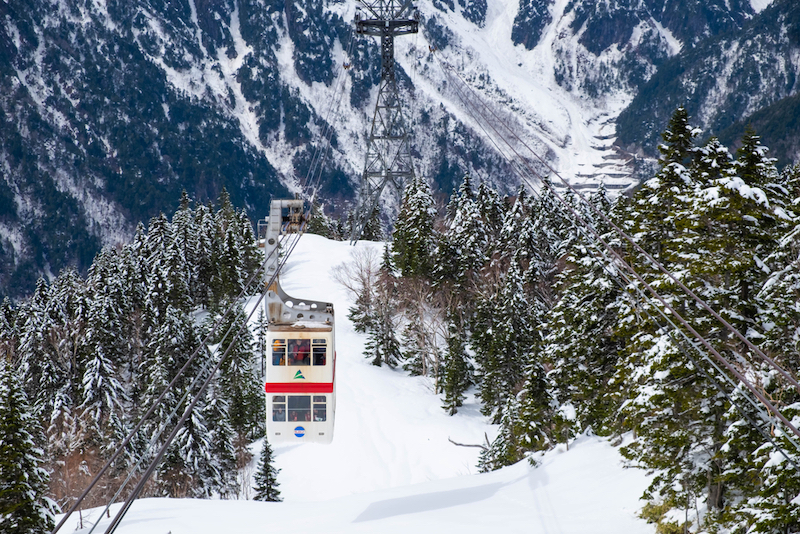


When one says “alps” or “alpine,” the first country to come to mind is most probably Switzerland or maybe Austria to some. While these countries indeed have some of the most magnificent snowy peaks, Japan is no pushover in this area.
The Japan Alps straddle the border of Gifu and Nagano Prefectures extending north up to the coastline of the Sea of Japan. All but one (Mount Fuji) of Japan’s 30 highest peaks are here. And with its sheer breadth, it goes without saying that there are many things to do in this part of Japan.
You can go on a Tsumago-Magome Hike along Japan’s old post road that connects the two charming towns along the Nakasendō, one of the five highways of the Edo period connecting Edo (now Tokyo) with Kyoto. You can also visit Takayama, one of Japan’s most charming cities, with its immaculately preserved commercial district. The city of Matsumoto is also worth a visit with its magnificent “Crow Castle”—one of Japan’s four most beautiful castles designated as “National Treasures”—and breathtaking alpine scenery.
But for many, the centerpiece of the Japan Alps is Shirakawa-go. Dreamlike and ethereal, this UNESCO World Heritage Site is a postcard come to life. This village is known best for its traditional gassho-zukuri farmhouses, some of which are over 250 years old. Gassho-zukuri literally means “clasped hands,” the perfect name for these distinct thatched-roof houses which resemble hands in prayer.
Shirakawa-go is a popular destination, especially in winter when the village is draped in snow, photos of which have made their way into innumerable postcards, desktop wallpapers, and Instagram feeds.
Mount Fuji and Fujigoko
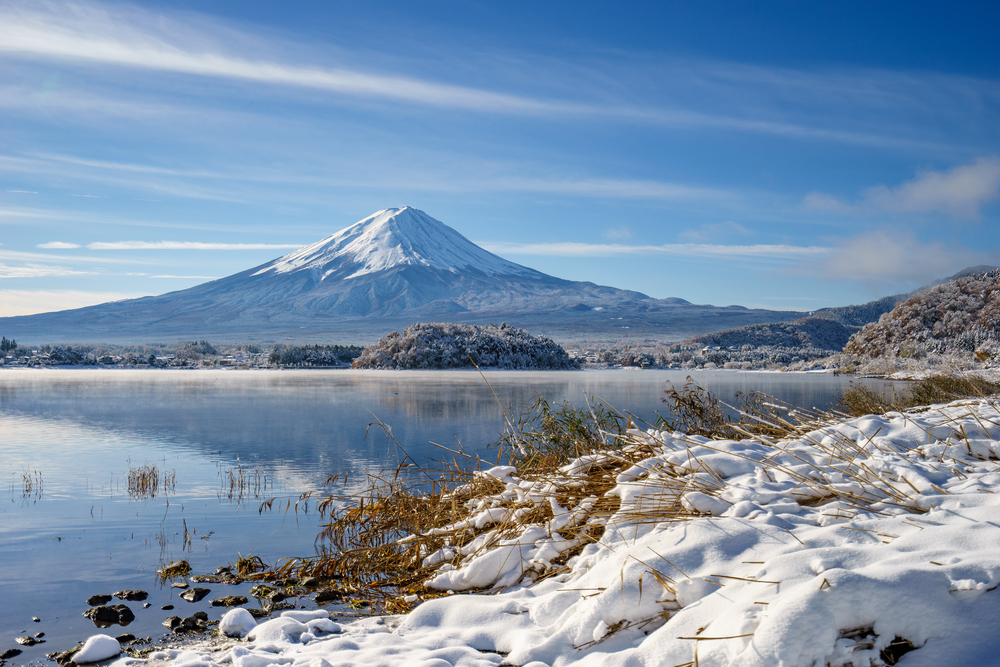


Japan’s highest peak is also its loveliest, especially in winter when at its snowcapped glory is a beauty to behold even from a striking distance. If you’re not one for hiking or scaling mountains, you can enjoy Fuji-san’s wintry beauty from the Fujigoko or the Fuji Five Lakes region, so named for the five lakes which surround it and act as natural reflecting pools for the mountain’s iconic cone.
Kawaguchi-ko is the most popular among the five lakes and is also the most accessible from Tokyo. It takes only about an hour from JR Shinjuku station aboard the Limited Express Azusa on the line going to Kōfu/Matsumoto, where you’ll have to get off JR Ōtsuki station and transfer to the Fujikyuko Line. On a clear day, the humble Kawaguchi-ko station has breathtaking views of Mount Fuji.
Aside from whisking you off to Lake Kawaguchi (about a 15 to 20-minute walk from the station), which is a breathtaking sight on its own, the Fujikyuko Line is also a gateway to Mount Fuji itself with its own eponymous station, and the theme park Fuji-Q Highlands which is known for its thrilling rides. We highly recommend a visit to this amusement park if you’re an adrenaline junkie or if you have teenage kids.
The area around Kawaguchi-ko has plenty of accommodations, as well as eating and drinking options. The other lakes surrounding Mount Fuji are Yamanaka-ko, Sai-ko, Shōji-ko, and Motosu-ko, each with its own unique charm.
Pro-tip: Fuji-san is one very shy and elusive lady. It took me three tries on three different days in Kawaguchi-ko before she showed herself to me in her full unobstructed glory. You can visit Fujigoko’s website for live feeds from the several cameras surrounding Mount Fuji to check if there’s a good chance you’ll be seeing her before you head out.
The best time to see Mount Fuji is in winter from December to January or early in the morning. On a very clear day, you can see her all the way from Tokyo.
Gala Yuzawa
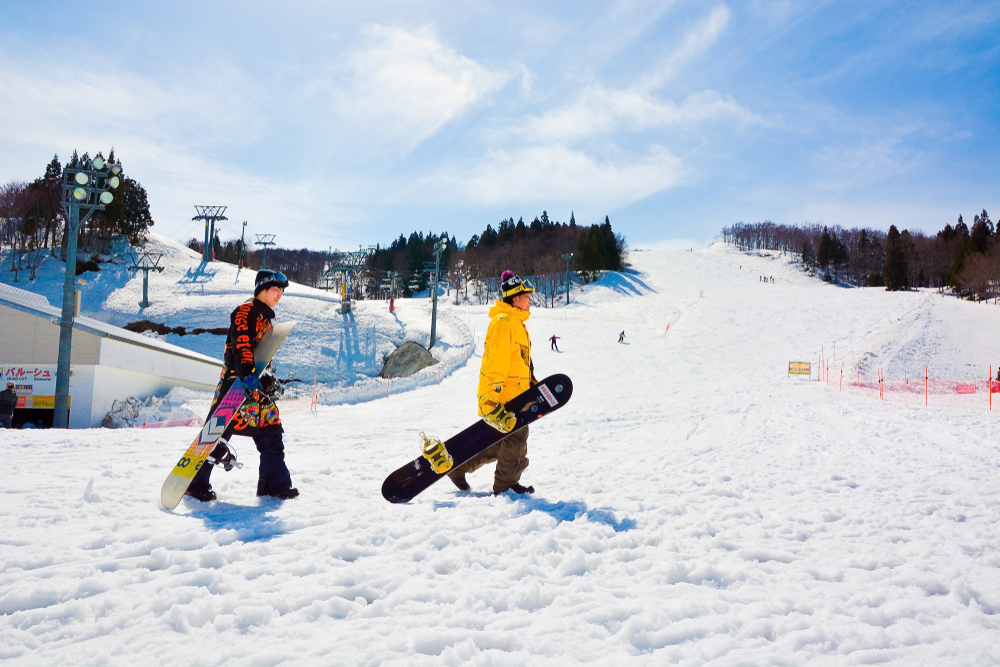


Gala Yuzawa is perhaps the most popular ski resort in Japan, thanks to its unbeatable accessibility from Tokyo. Located in Niigata Prefecture, it’s directly connected to a shinkansen (bullet train) station, making it a convenient day-trip destination for skiing and snowboarding enthusiasts from the capital.
The resort offers a range of winter activities and world-class facilities, attracting both beginners and experienced snow sports aficionados. It’s also ideal for families with its fun activities like its Snowmobile Sleigh Tour and Moon Biking.
The ride from Tokyo to Gala Yuzawa is fully covered by the Japan Rail Pass. To get to the resort, simply take the Joetsu Shinkansen Tanigawa service directly to Gala Yuzawa from JR Tokyo Station.
The ride takes as little as 75 minutes, which means you can easily spend a good part of the day skiing and see yourself back in Tokyo just in time for dinner.

